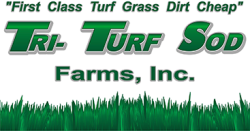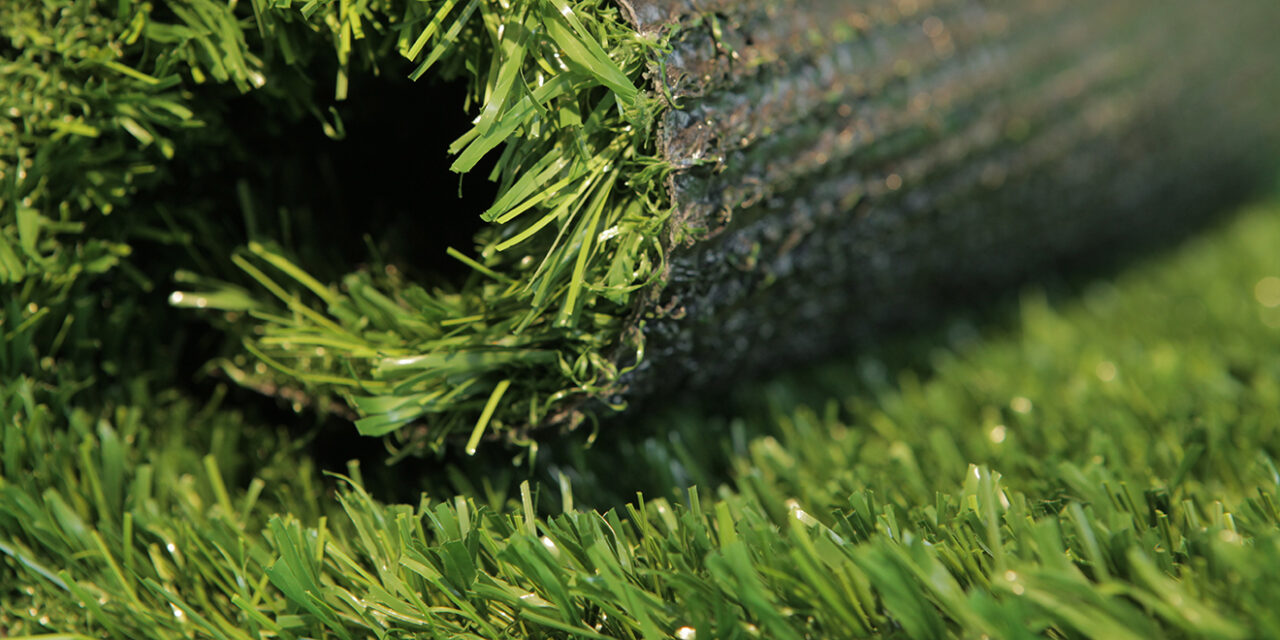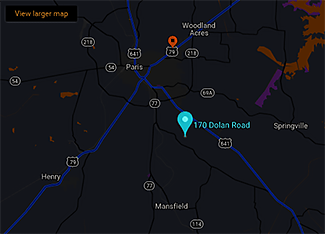Natural Grass and Artificial Turf: Separating Myths and Facts booklet will help decision-makers and the general public make informed decisions regarding the installation of natural grass or artificial turf in their communities.
This 32-page booklet is based upon information from some of the industry’s most highly respected research scientists, sports field managers, contractors and other professionals. Natural Grass and Artificial Turf: Separating Myths and Facts provides answers to questions that decision-makers, by their responsible position in society, must address. Their decisions will have significant short and long-term health and safety, fiscal and environmental impacts on their communities.
PDF Version Booklet: Natural Grass and Artificial Turf: Separating Myths and Facts”
What the Synthetic Turf Industry Doesn’t Want You to Know
Artificial turf is being widely promoted with a large number of unsubstantiated claims by their manufacturers. Significant questions about the validity of these claims have arisen that deserve answers. Of greater concern are the questions that typically will not arise during the normal artificial turf sales presentation, in particular issues related to the health and safety of our children and the serious threats to our environment.
“The Role of Turfgrasses in Environmental Protection and Their Benefits to Humans,”
by James L. Beard, Ph.D.
Turfgrasses have been utilized by humans to enhance their environment for more than 10 centuries. The complexity and comprehensiveness of these environmental benefits that improve our quality-of-life are just now being quantitatively documented through research. Turfgrass benefits may be divided into (i) functional, (ii) recreational, and (iii) aesthetic components.
“Serious Questions About New-Generation Artificial Turf That Require Answers”
In order to make fiscally and environmentally sound decisions regarding the potential purchase and installation of artificial turf in their communities, decision makers must consider all short- and long-term issues and concerns.
“Synthetic Surface Heat Studies,”
by F. Williams, Ph.D.
In the spring of 2002 a Field Turf synthetic surface was installed on one-half of Brigham Young University’s Football Practice Field; the other half is a sand-based natural grass field. The coaches noticed the surface of the synthetic turf was very hot—one of the coaches got blisters on the bottom of his feet through his tennis shoes. An investigation was launched to determine the range of the temperatures, the effect water for cooling of the surfaces, and how the temperatures compared to other surfaces.
“Recorded Temperature Comparisons of Synthetic vs. Natural Surfaces,”
by F. Williams, Ph.D.
This Excel chart, excerpted from Dr. William’s “Synthetic Surface Heat Studies,” provides a quick summary of side-by-side surface temperature comparisons of artificial turf, natural grass, soil, concrete and asphalt.
2008 NFL Players Playing Surfaces Opinion Survey
This survey was conducted by the NFLPA at team meetings during September through November 2008. A total of 1565 active NFL Players from all 32 teams voluntarily filled out survey forms.
“Synthetic Turf Costs Far Exceed Natural Grass”
Source: Brad Fresenburg, Ph.D.
Brad Fresenburg, an MU Extension turfgrass specialist, completed a cost analysis of installing and maintaining natural and synthetic fields. Results: Synthetic turfgrass costs more, a lot more, than natural grass to install and maintain.


